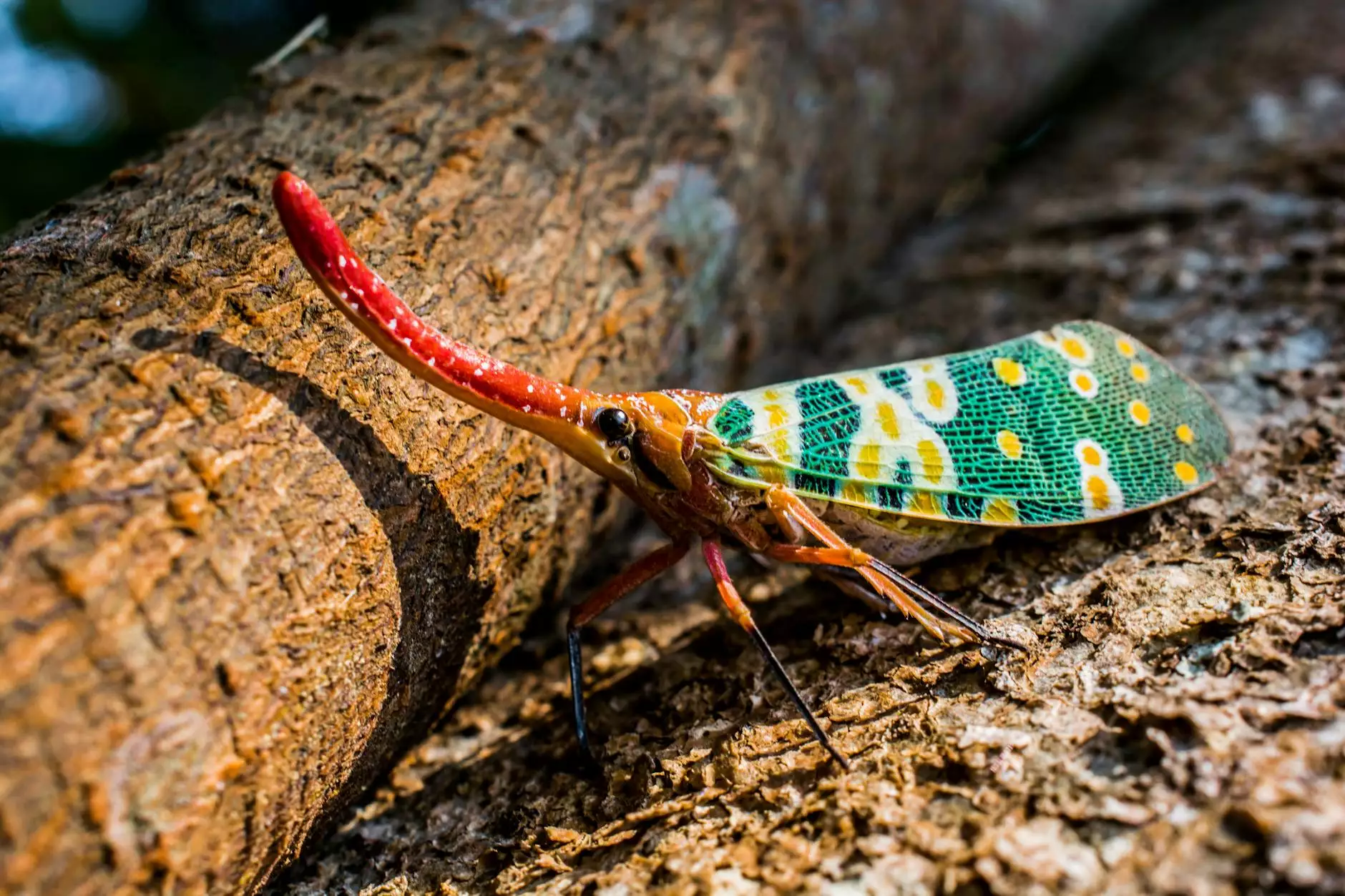Effective Insect Pest Management for Modern Agriculture

In the evolving landscape of agriculture, insect pest management has become an essential component for maintaining productivity and sustainability. Farmers today face the dual challenge of maximizing yields while minimizing pest-related damage. This article delves deep into the nuances of insect pest management, offering insight into methodologies, tools, and key practices that can lead to successful pest control.
Understanding Insect Pest Management
Insect pest management refers to the strategic use of methods to prevent and control insect populations that threaten crop yields. This approach integrates various biological, cultural, mechanical, and chemical practices, ensuring that the chosen strategies are effective, safe, and economically viable.
The Importance of Integrated Pest Management (IPM)
Integrated Pest Management (IPM) is a holistic approach that emphasizes the combination of different pest management tactics. Here are some fundamental principles of IPM:
- Monitoring: Regularly scout fields for insect populations and damage.
- Identification: Accurately identify pest species to understand their life cycles and behaviors.
- Threshold Levels: Establish action thresholds to determine when pest populations require management interventions.
- Control Strategies: Utilize a combination of methods to manage pest populations effectively, including biological control agents, beneficial insects, and natural predators.
- Evaluation: Continuously assess the effectiveness of the pest management strategies employed.
Key Strategies for Effective Insect Pest Management
When developing an effective insect pest management plan, several strategies can be employed:
1. Cultural Practices
Cultural strategies involve modifying farming practices to reduce pest establishment and reproduction. Consider the following:
- Crop Rotation: Alternating different crops in a specific order to disrupt pest life cycles.
- Resistant Varieties: Selecting plant varieties that are resistant or tolerant to specific pests.
- Optimal Planting Times: Timing plantings to avoid peak pest populations.
2. Monitoring and Detection
Monitoring is crucial for effective pest management. Use these techniques:
- Pheromone Traps: Attract pests using pheromones to monitor population levels.
- Sticky Traps: Monitor insect populations by placing traps in crop areas.
- Field Observations: Regular field checks to detect early signs of pest infestation.
3. Biological Control
Using natural enemies to control pest populations can reduce the need for chemical interventions. Consider:
- Beneficial Insects: Introduce predators like ladybugs, lacewings, and parasitic wasps.
- Nematodes: Use beneficial nematodes as biological control agents against soil-dwelling pests.
4. Chemical Control
Chemical control should be approached judiciously and selectively. Key considerations include:
- Selective Pesticides: Apply pesticides that target specific pest species while minimizing harm to beneficial organisms.
- Proper Application: Follow application guidelines to ensure efficacy and minimize chemical residue.
- Resistance Management: Rotate pesticides with different modes of action to prevent pest resistance development.
The Role of Technology in Insect Pest Management
Advancements in technology have transformed insect pest management practices. Tools such as precision agriculture, drones, and data analytics enable farmers to monitor and manage pests more efficiently.
1. Precision Agriculture
Utilizing precision agriculture techniques allows farmers to optimize inputs, making pest management more targeted and effective. Through the use of data from soil sensors and remote sensing technology, farmers can identify pest hotspots and apply interventions where needed.
2. Drones
Drone technology offers a new perspective in monitoring for pests. Drones equipped with high-resolution cameras provide aerial imagery that can detect areas of crop stress before they are visible to the naked eye. This early detection leads to timely interventions.
3. Big Data and Analytics
The integration of big data into pest management enables predictive modeling of pest populations based on historical data, weather patterns, and crop cycles. By analyzing this data, farmers can better anticipate pest outbreaks and adjust their strategies accordingly.
Challenges in Insect Pest Management
While many strategies exist for effective insect pest management, challenges still persist:
- Resistance Development: Pests can develop resistance to commonly used pesticides, making management more challenging.
- Environmental Impact: The impact of chemical pesticides on non-target organisms and ecosystems can lead to ecological imbalances.
- Economic Considerations: The costs associated with implementing comprehensive pest management programs can be prohibitive for some farmers.
Conclusion
Effective insect pest management is crucial for sustainable agricultural practices. By utilizing a combination of cultural, structural, biological, and chemical control methods, farmers can keep pest populations in check while minimizing economic and ecological impacts. The continual evolution of technology and research will further enhance our ability to manage these inevitable pests.
For farmers seeking support in implementing effective agricultural practices, understanding the principles of insect pest management is key. With the right approach and resources, you can safeguard your crops and enhance productivity, ultimately contributing to a more sustainable agricultural future.









